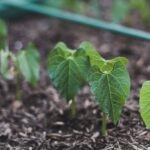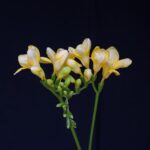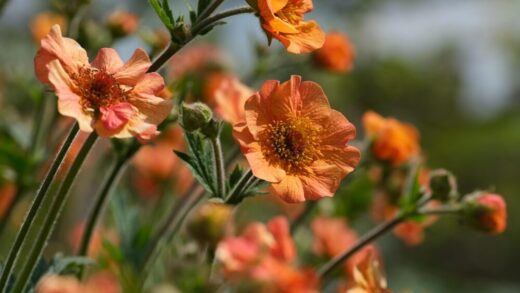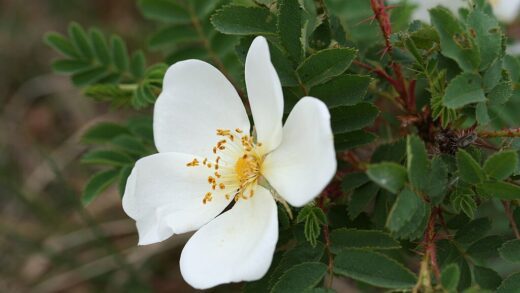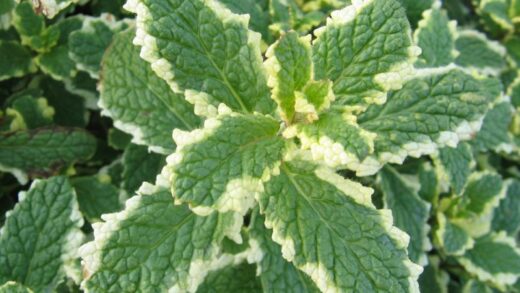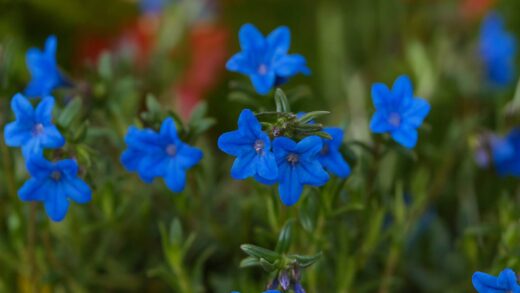The artichoke, this majestic-looking and uniquely flavored vegetable, originates from the Mediterranean region, where abundant sunshine is a fundamental condition for its successful cultivation. For the plant’s optimal development and the growth of large, fleshy flower buds, an adequate quantity and quality of light energy are essential. Light is not just the engine of growth but also a key signal that regulates many of the plant’s physiological processes, from vegetative growth to the transition into the reproductive phase. In light of this, a thorough consideration of light conditions when selecting a growing site is the first and most important step on the path to achieving a bountiful harvest. Without proper knowledge, even well-cared-for plants can be disappointing, as ignoring their light requirements can drastically reduce the quantity and quality of the yield.
In the physiological processes of the artichoke, light, as an energy source, plays a central role through photosynthesis. During this complex biochemical process, the plant uses the sun’s energy to convert carbon dioxide and water into organic substances, primarily sugars, which provide the necessary energy for growth and development. The large surface area of the leaves and the robust stature of the plant also indicate its need for a significant amount of light to operate this process efficiently. Inadequate light supply results in weaker photosynthetic activity, which directly affects the plant’s vitality and yield, as less energy is available to develop large buds.
Besides the quantity of light, its quality, meaning its spectral composition, is also of decisive importance. Different ranges of the light spectrum regulate different physiological processes: blue light primarily stimulates vegetative growth, the development of leaves and stems, while red light is crucial for inducing flowering and fruit formation. For the artichoke, full-spectrum sunlight is the most ideal, ensuring the proper ratio of different wavelengths for balanced development. The absence of natural sunlight can only be effectively compensated for with artificial lighting if the spectral needs are precisely known.
The development of the artichoke is also influenced by photoperiodism, the alternation of the length of days and nights. Although it is not strictly a short-day or long-day plant, the lengthening of days in spring and early summer has a stimulating effect on the formation of flower buds, the “artichoke hearts” that are consumed. Paired with appropriate temperature conditions, especially a mild cold treatment (vernalization), the lengthening days signal to the plant that the time has come to begin the reproductive phase. This complex signaling system ensures that the plant produces its crop during the most favorable period.
Determining optimal light conditions
The fundamental condition for the successful cultivation of artichokes is abundant, direct sunlight. Ideally, the plant should receive at least 6-8 hours of direct sunlight per day for photosynthesis to operate at maximum efficiency and produce enough energy to develop lush foliage and large, compact buds. A shorter duration of light can lead to slowed growth and reduced yield. Therefore, when selecting a site in the garden or plantation, the sunniest, south-facing areas should be prioritized, where the plant is exposed to sunlight for most of the day.
More articles on this topic
In addition to the duration of light, its intensity is also a key factor. The artichoke is a plant that prefers high light intensity, which is explained by its Mediterranean origin, where the strength of solar radiation is significant. High light intensity ensures the rapid and efficient production of carbohydrates in the leaves, which is essential for the growth of all parts of the plant, especially the edible buds. Cloudy, overcast weather or a semi-shaded location can negatively affect not only the size of the crop but also its quality, compactness, and flavor, as the plant cannot reach its peak photosynthetic potential.
The light requirements of the artichoke also necessitate adaptation to different climatic conditions. While in the Mediterranean region, excessively strong sun and heat during the summer months can even cause stress to the plant, in cooler, more northern climates, the main challenge is providing a sufficient quantity and intensity of light. Under such conditions, it is particularly important to find microclimates with the most sun and to ensure proper spacing between plants to avoid mutual shading. The success of cultivation largely depends on how well we can adapt local conditions to the plant’s needs.
Light requirements also change throughout the plant’s life cycle. Young seedlings can be more sensitive to strong, scorching sunlight, so a slight shading may be beneficial during the initial period after planting until they become established. However, as vegetative growth progresses, the demand for light continuously increases, reaching its peak during the bud formation period. The intense sunny period of spring and early summer is the most critical for crop formation. For artichokes grown as perennials, autumn light conditions also matter as they contribute to the storage of nutrients for the following year’s growth.
The effects of inadequate and excessive light
An inadequate supply of light, especially a lack of it, has numerous negative consequences for the artichoke, which are clearly visible in the plant’s appearance and yield. Plants planted in shady or semi-shady locations begin to etiolate, resulting in elongated, thin, and weak stems as they search for light. The leaves become smaller, paler, and yellowish (chlorotic) due to reduced chlorophyll production, which drastically impairs the efficiency of photosynthesis. This phenomenon directly leads to slowed growth and the general decline of the plant.
More articles on this topic
The most spectacular economic consequence of light deficiency is a drastic reduction in the quantity and quality of the yield. Since the plant cannot produce enough energy, it either fails to produce flower buds at all or develops only very small, underdeveloped, and loose heads. These buds not only fall short in size compared to their sun-grown counterparts but their flavor is also less distinct and can even become bitter. Therefore, a non-negotiable condition for quality artichoke cultivation is a growing site that provides full sun.
Although the artichoke is a sun-loving plant, extremely strong, scorching sunlight, especially when paired with high temperatures and low humidity, can also cause problems. Excessive light intensity can lead to photoinhibition, a phenomenon where the plant’s photosynthetic apparatus is damaged because it cannot process the vast amount of light energy. The visible sign of this is sunscald on the leaves and buds, which appears as whitish or brownish, dead patches. This is not just an aesthetic problem but also leads to a reduction in the productive surface area and an increase in the plant’s stress level.
Light-induced stress, whether from a deficit or an excess, also indirectly weakens the plant, making it more susceptible to various pathogens and pests. The immune system of a weakened, poorly photosynthesizing plant does not function optimally, making it an easier target for fungal diseases like powdery mildew or pests like aphids. Providing optimal light conditions is therefore important not only for the direct yield but also for maintaining the plant’s overall health and resilience, which reduces the need for plant protection interventions.
Practical advice for cultivation: optimizing light conditions
The alpha and omega of successful artichoke cultivation is selecting the right growing site, where the main criterion is ensuring maximum sunlight. In the Northern Hemisphere, this clearly means a south-facing, completely open area that is not shaded by buildings, trees, or other tall plants during the day. Before purchasing expensive plants or seeds, it is worth observing the chosen garden spot for a full day to assess the actual number of direct sunlight hours. This simple step can save a lot of future disappointment.
Maintaining proper plant spacing is another key element in minimizing competition for light, especially in larger stands. Artichoke plants can grow huge, up to one and a half meters wide and tall, so it is essential to leave enough space between them. The recommended planting distance is usually 1 to 1.5 meters, which ensures that the leaves of mature plants do not shade each other and that light can reach all sides, including the lower parts of the foliage. Airy spacing also helps prevent fungal diseases.
Regular management and control of surrounding vegetation are also essential for maintaining continuously optimal light conditions. The branches of fast-growing trees or shrubs in the garden can eventually extend over the artichokes, casting significant shade, so they must be regularly pruned. Equally important is consistent weed control, as weeds compete with the crop not only for water and nutrients but also for light. A clean, weed-free environment allows the artichoke to devote all available resources to its own growth.
If the garden’s features do not allow for the ideal 8 hours of sunlight, certain practices can improve the situation, although their effectiveness is limited. Reflective mulches placed on the soil surface, such as straw or special foil, can direct light to the lower leaves of the plant, somewhat increasing photosynthetic activity. For raising seedlings or greenhouse cultivation, special grow lights can be used to supplement natural light. However, it must be accepted that in heavily shaded locations, the successful, productive cultivation of artichokes is almost impossible without significant technical intervention.







